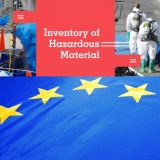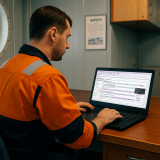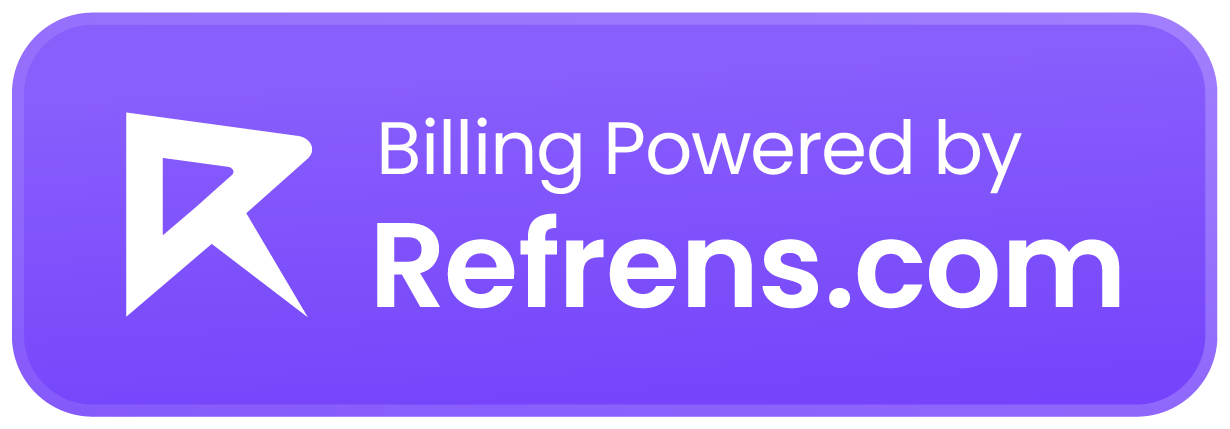There have been several high-profile cases where operators have suffered reputational and financial damage because of how their ships have been recycled at the end of the ship’s life. The absence of one international and uniformly applicable convention for the recycling of ships can make this a difficult field to navigate for operators. This article looks at the applicable conventions and makes some recommendations as to what members should consider when it comes to recycling their ships, including their obligations regarding the club.
International conventions
The Guidelines on Ship Recycling were first developed and finalised by the IMO’s Marine Environment Protection Committee and adopted by the IMO in 2003. These guidelines recognised that the safety and environmental standards at many ship recycling locations were a concern. In December 2005, the IMO agreed that it should develop a legally binding instrument for ship recycling. The Hong Kong International Convention for the Safe and Environmentally Sound Recycling of Ships (the Hong Kong Convention) was adopted in 2009 to ensure that ships are recycled without endangering human health or life and the environment. The Hong Kong Convention will enter into force 24 months after the date on which 15 states, representing 40% of world merchant shipping by gross tonnage and on average 3% of recycling tonnage for the previous 10 years, have signed it. To date, not all of these conditions have been met, albeit several countries have ratified it and a few shipyards comply with it.
The European Union decided not to wait for the ratification and accession of the Hong Kong Convention. In 2013, it transposed the Hong Kong Convention in large part into EU law with the adoption of the EU Ship Recycling Regulation (ESRR). This brought forward the requirements of the Hong Kong Convention and includes additional safety and environmental requirements. From 31 December 2018, the ESRR required ships of 500gt or above sailing under an EU member state flag to use an approved ship recycling facility included in the European List and all new EU-flagged ships to have a certified Inventory of Hazardous Materials (IHM) on board. From 31 December 2020, existing EU-flagged ships and all non-EU ships calling at EU ports will require a valid and certificated IHM on board, according to the regulation.
While not global, the EU regulations are significant considering that Europe is the world’s second-largest shipowning region after China, but the European List provides only limited approved ship recycling capacity. Currently, there are 41 yards in the world that are considered acceptable for ship recycling by the EU. This includes 34 facilities in the EU and Norway, 6 facilities in Turkey and 1 facility in the USA.
In addition, when considering the recycling of ships, the export of waste is regulated under the Basel Convention on the Control of Transboundary Movements of Hazardous Wastes and their Disposal (the Basel Convention). This convention was adopted in 1989 and came into force in 1992. The original purpose of the convention was to protect human health and the environment against harm caused by the disposal of waste. It was hoped that it would undermine the practice of illegally sending hazardous waste to developing countries such as India, Pakistan and Bangladesh. The convention also requires the prior informed consent of the authorities in the country receiving the ship to agree to the shipment of the waste in question on the basis that the waste (including ships for recycling) will be treated in an environmentally sound manner. As ships destined for dismantling will rarely fly the flag of the state in which they are to be recycled, this activity can represent a transboundary movement of hazardous waste. However, given the global nature of the shipping industry and the practices associated with sending end-of-life ships for recycling, there has been difficulty in applying the provisions of the Basel Convention to ship recycling.
To strengthen protection to developing countries, the Basel Convention adopted the ‘Ban Amendment’ in 1995. Following its entry into force on 5 December 2019, the Ban Amendment is legally binding on parties to the Basel Convention that have expressed their consent to be bound by it. This Ban Amendment bans the export of all hazardous waste from an OECD country to a non-OECD country (OECD is the Organisation for Economic Cooperation and Development and includes 36 countries with a high-income economy).
The European Waste Shipment Regulation (EWSR) 2006 implemented the Basel Convention Ban Amendment’s requirements at the EU level. This regulation means that no ship leaving an EU port destined for recycling (regardless of the ship’s flag state) may be exported to a non-OECD country for that purpose.
China had previously been a top choice for ‘green’ ship recycling as the ships were dismantled in dock rather than beached. According to data by the NGO Shipbreaking Platform, China was fourth in the world in 2017 in terms of shipbreaking volumes, after Bangladesh, India and Pakistan. However, the country is no longer an option for non-Chinese ships needing to be recycled. The country issued an edict in early 2018 that banned the import of ships and offshore units for recycling as part of a wider ban on importing a total of 32 different types of waste material. The regulation was effective from 31 December 2018.
Ship recycling considerations
In the absence of a universally applicable convention for ship recycling and uniform standards for safety and environmental standards at ship recycling locations, we would recommend that members:
a) select recycling yards that have a Statement of Compliance with the Hong Kong International Convention for the Safe and Environmentally Sound Recycling of Ships (the Hong Kong Convention) or the EU Ship Recycling Regulation (ESRR) 2013
b) when selling a ship to a third party, ensure that the third party’s compliance with the Hong Kong Convention or ESRR, the Basel Convention on the Control of Transboundary Movements of Hazardous Wastes and their Disposal (the Basel Convention), the Basel Ban Amendment or the European Waste Shipment Regulation (EWSR) and all other applicable regulations and licences
c) refer to additional industry guidance (eg Shipping Industry Guidelines on Transitional Measures for Shipowners Selling Ships for Recycling, International Chamber of Shipping).
We wish to remind the membership of their obligation to disclose when they intend to recycle a vessel, so that the managers can determine the appropriate point at which cover should terminate.
When a member informs the managers, the member will be asked to:
- provide details of the final voyage, the ship’s flag, the location of the recycling and at what point in the process title will transfer to the ‘buyer’
- confirm that all relevant regulations, conventions and local licences/permissions for export and recycling have been complied with/obtained.
A special loss prevention article on ship recycling will follow this one to assist members intending to recycle ships.
Conclusion
The IMO’s mission statement is
‘to promote safe, secure, environmentally sound, efficient and sustainable shipping through cooperation’.
It follows that the IMO should have a role in promoting the safe and environmentally sound recycling of ships at the end of a ship’s life. International convention will be the most effective way to uniformly address the concerns surrounding ship recycling, including hazardous substances on ships and the working and environmental conditions at the ship recycling locations.
However, the cumulative effect of the different approaches to recycling enshrined in international conventions, regional regulations, limited ‘green’ ship recycling locations and heightened risk of reputational damage if shipowners get it wrong makes the decisions taken when recycling ships critically important. If in doubt, members should seek expert advice in this respect.
Source: https://www.standard-club.com/





